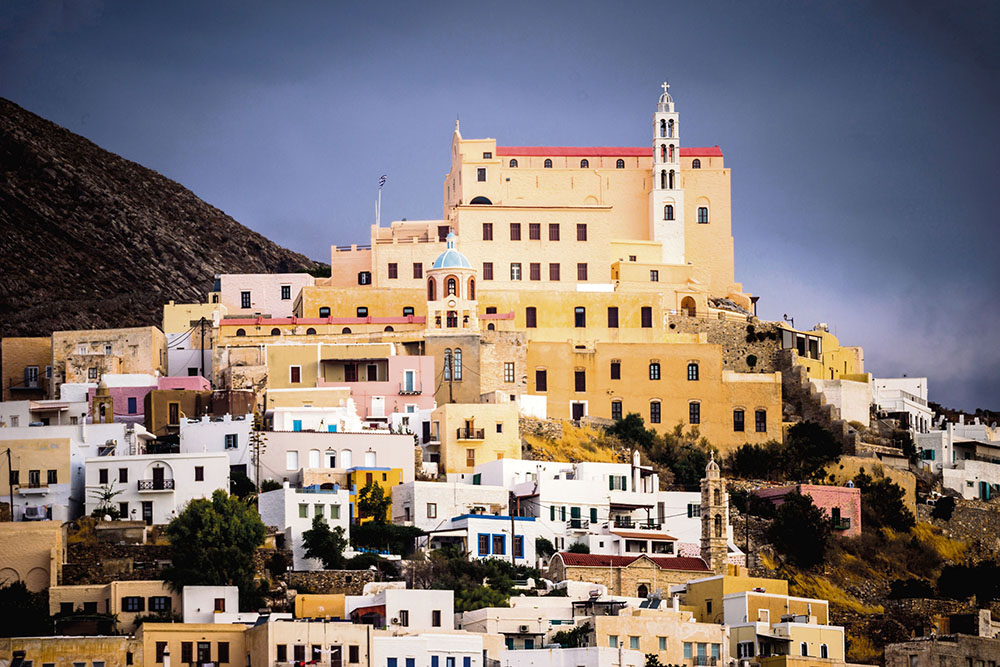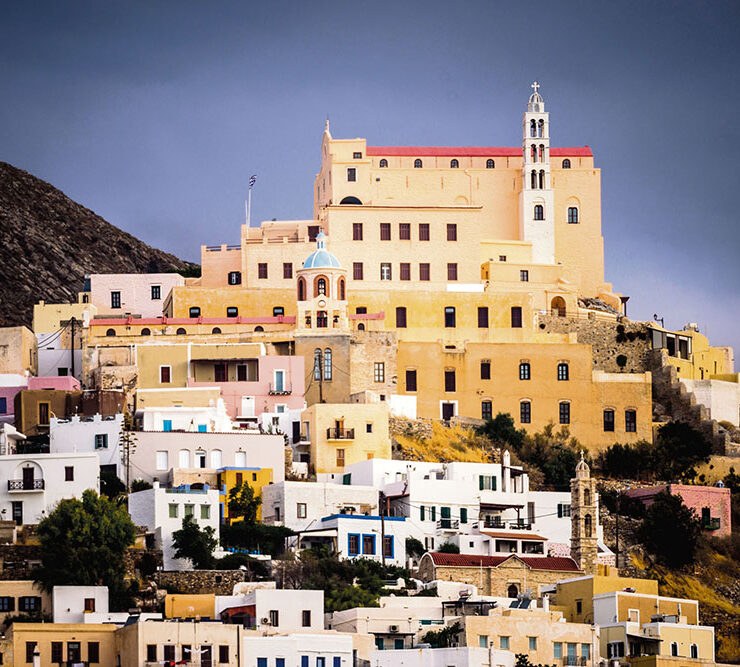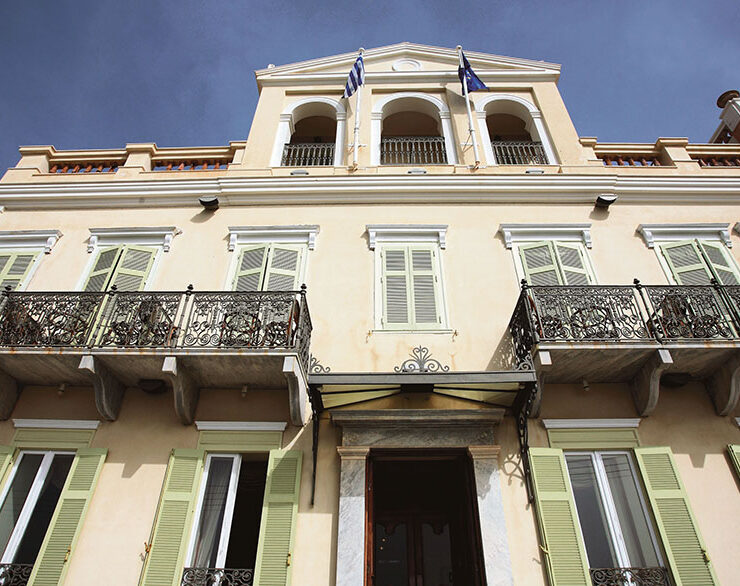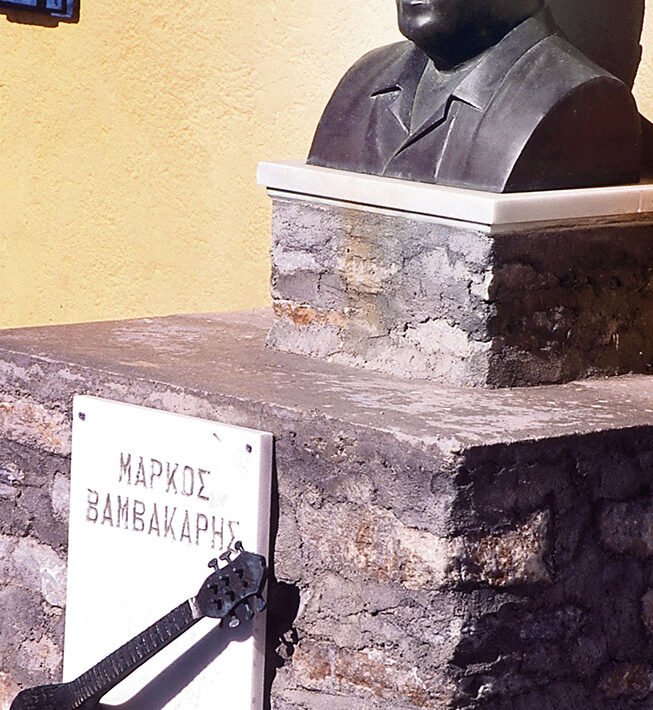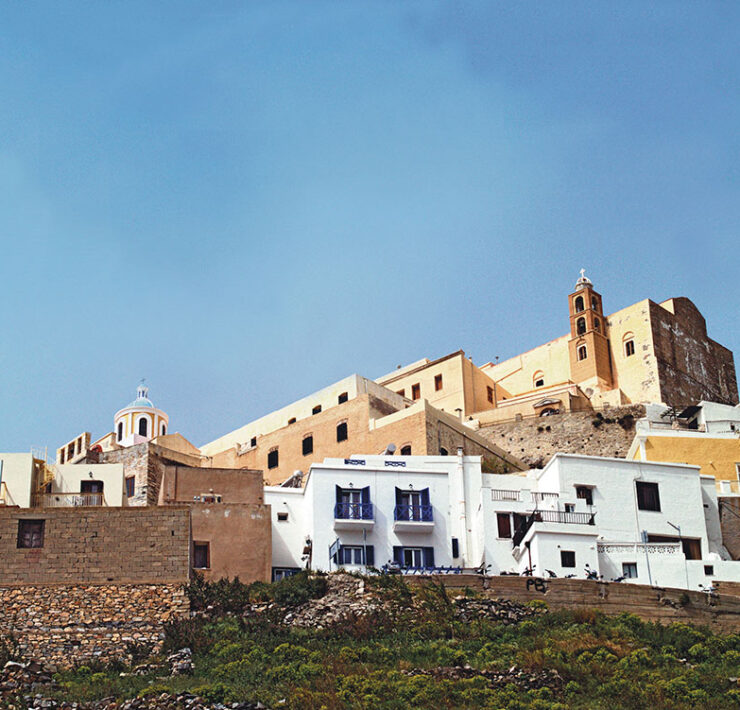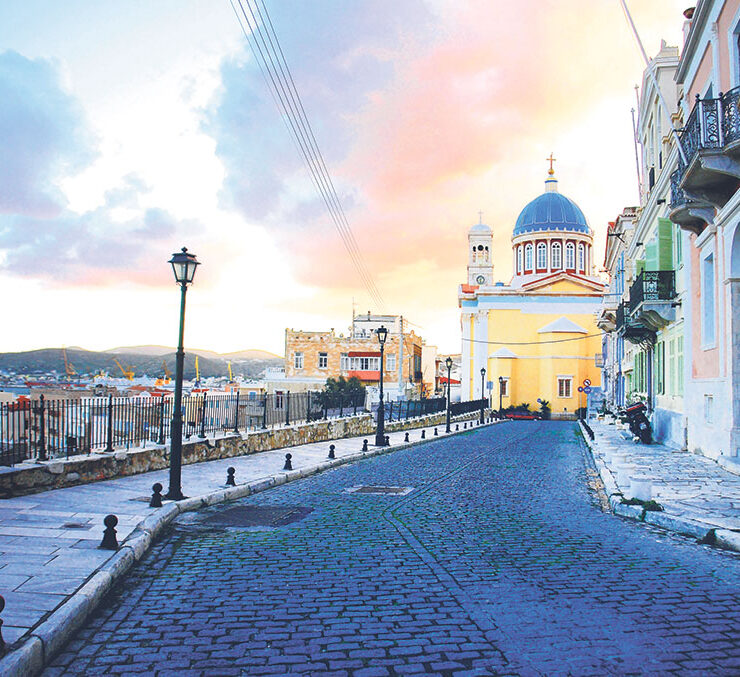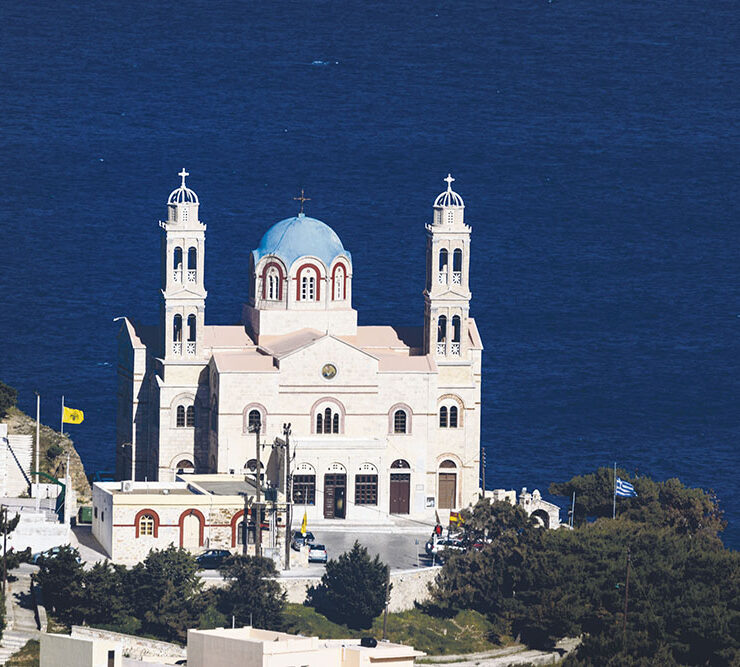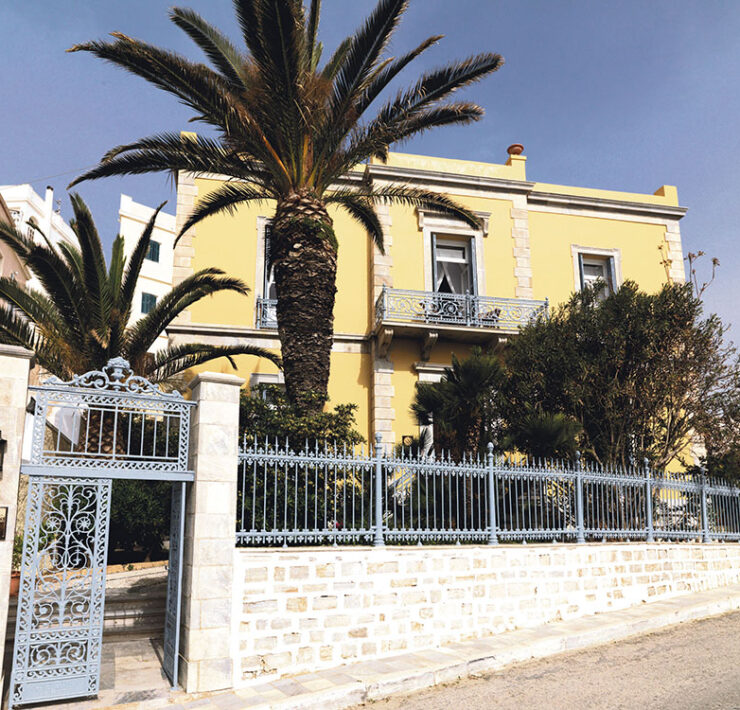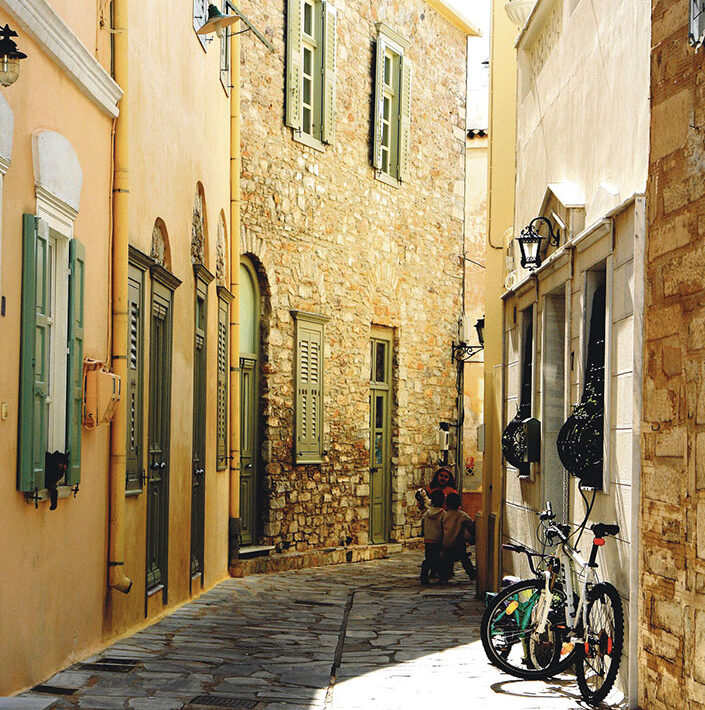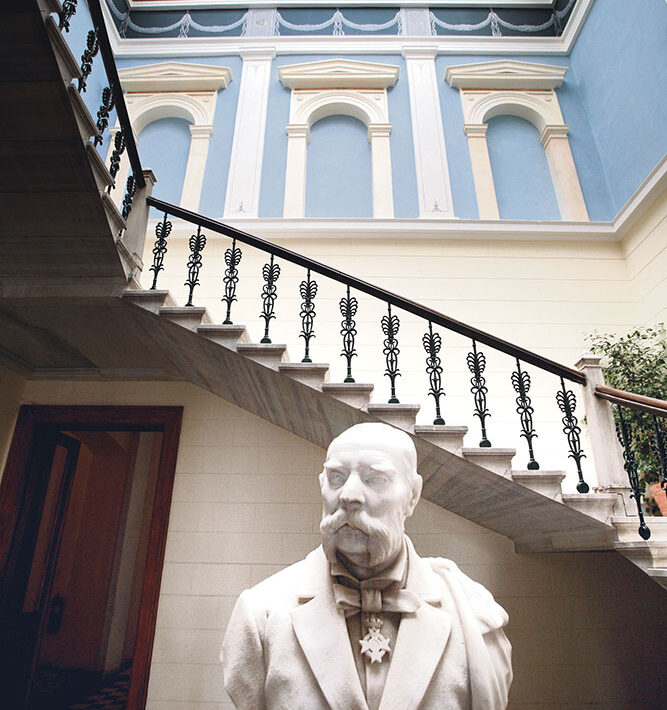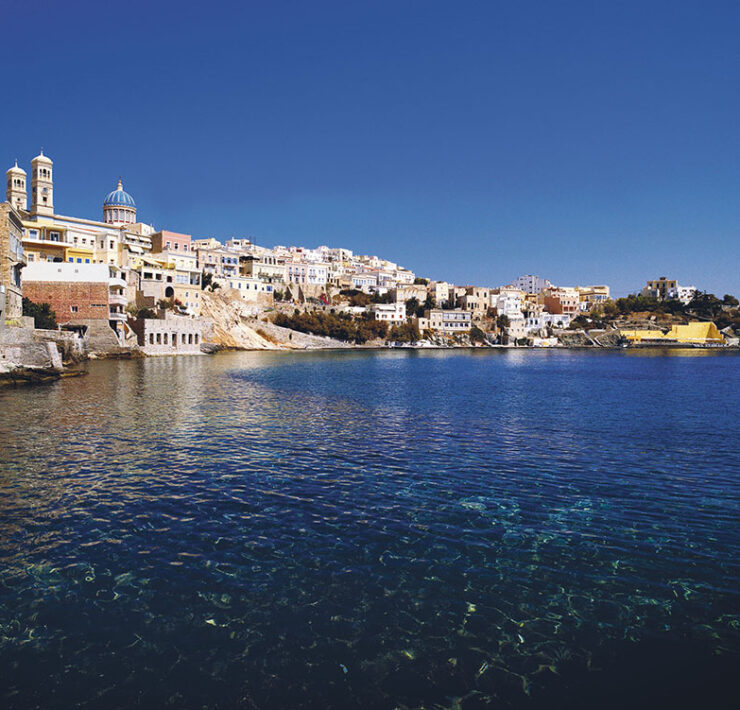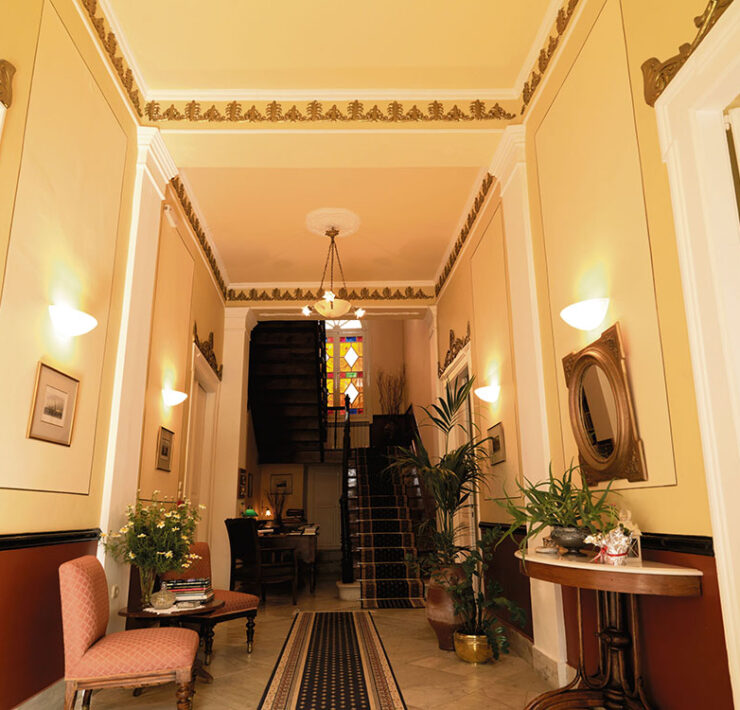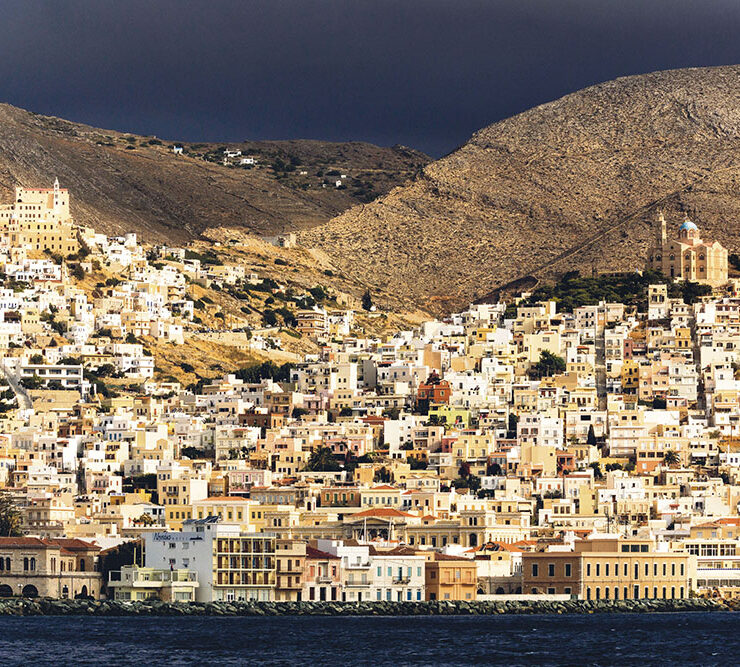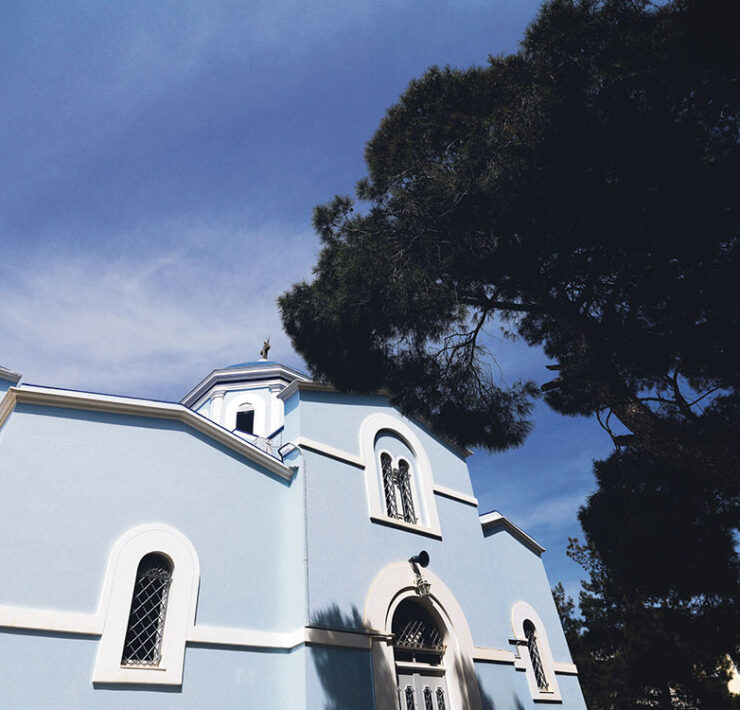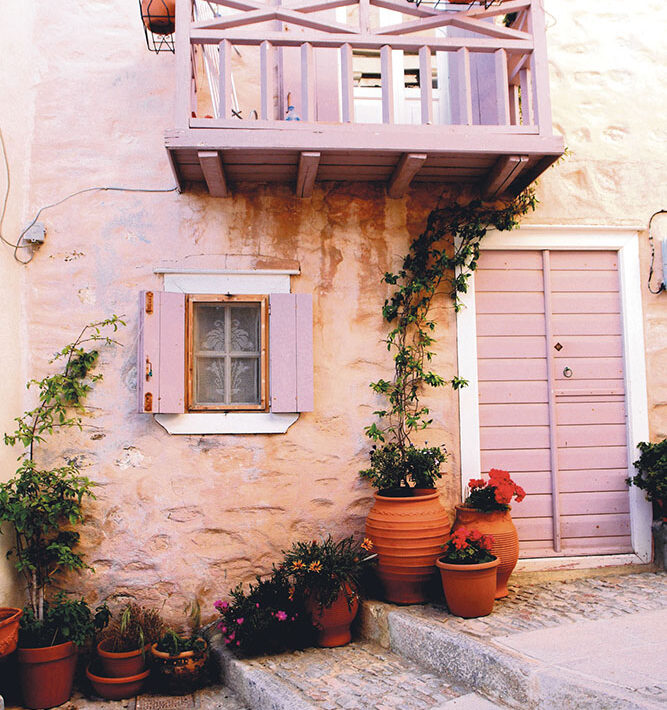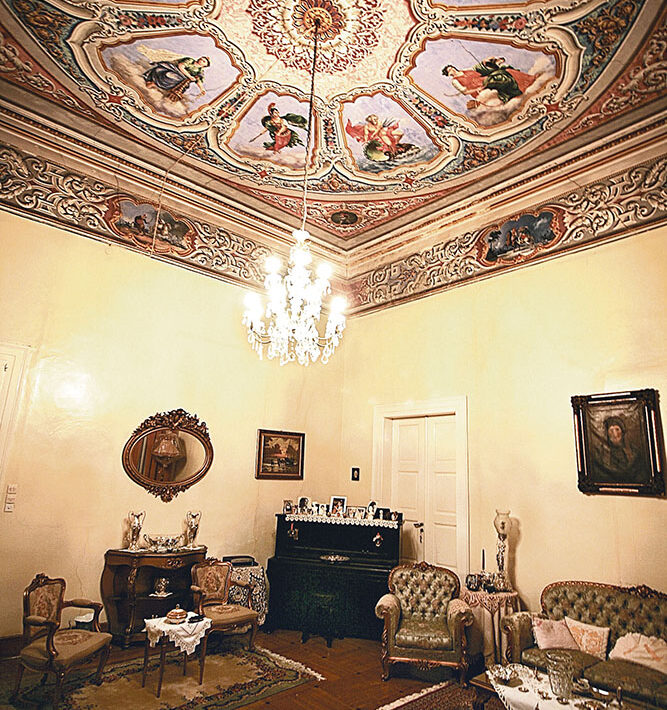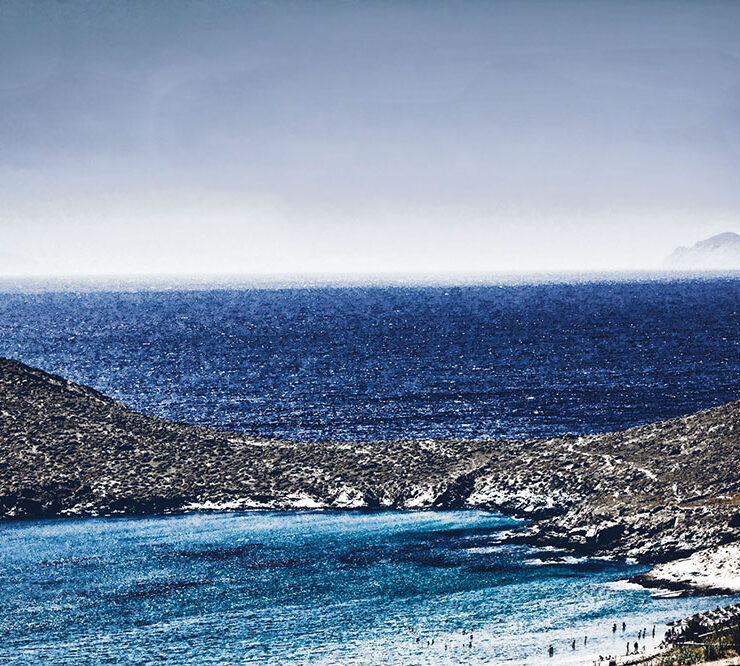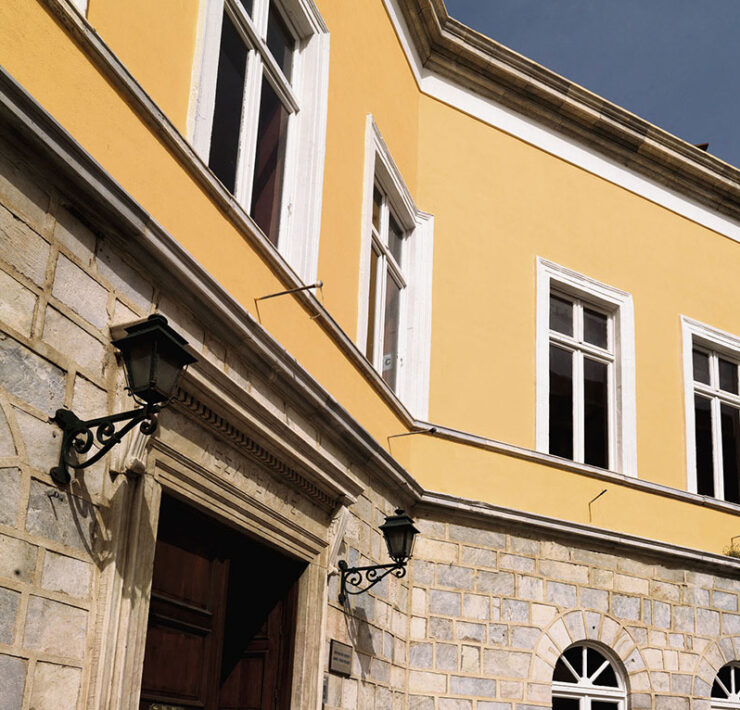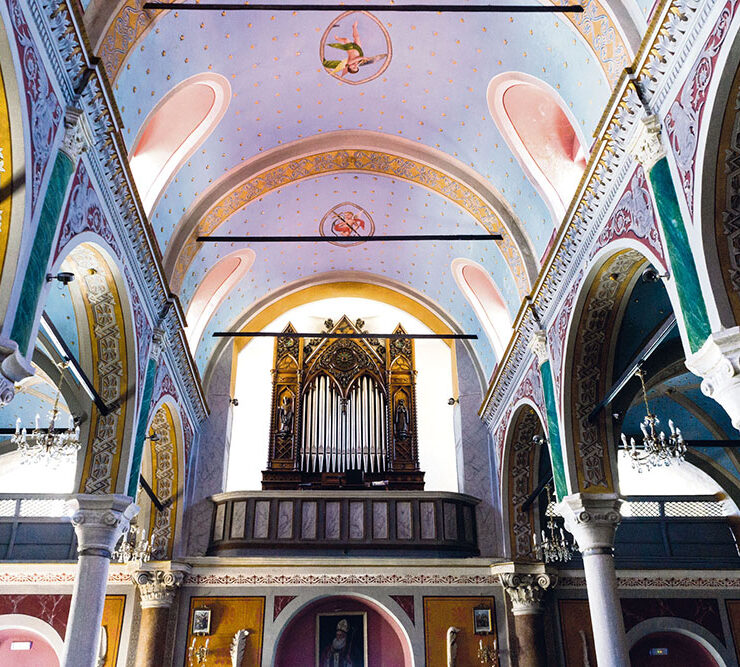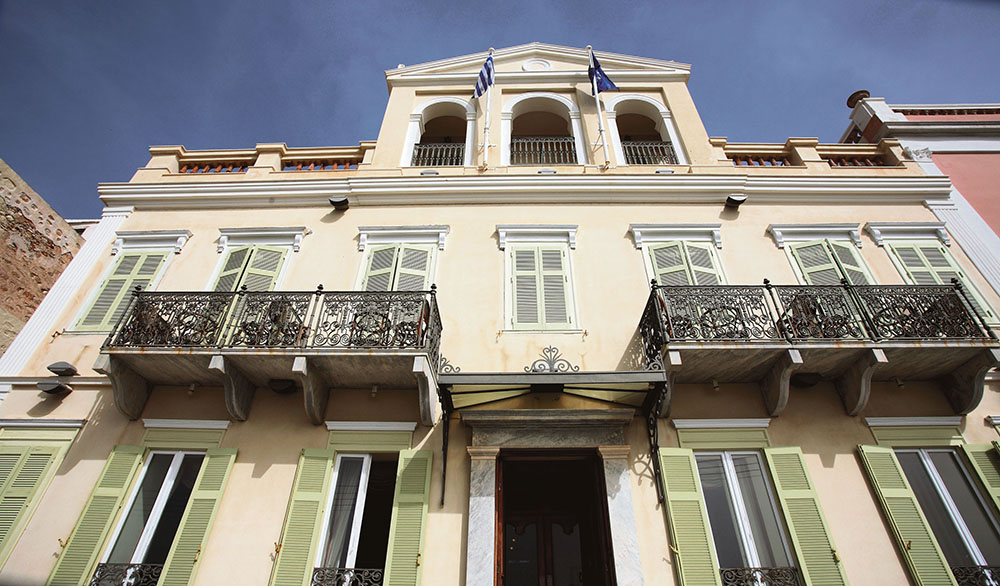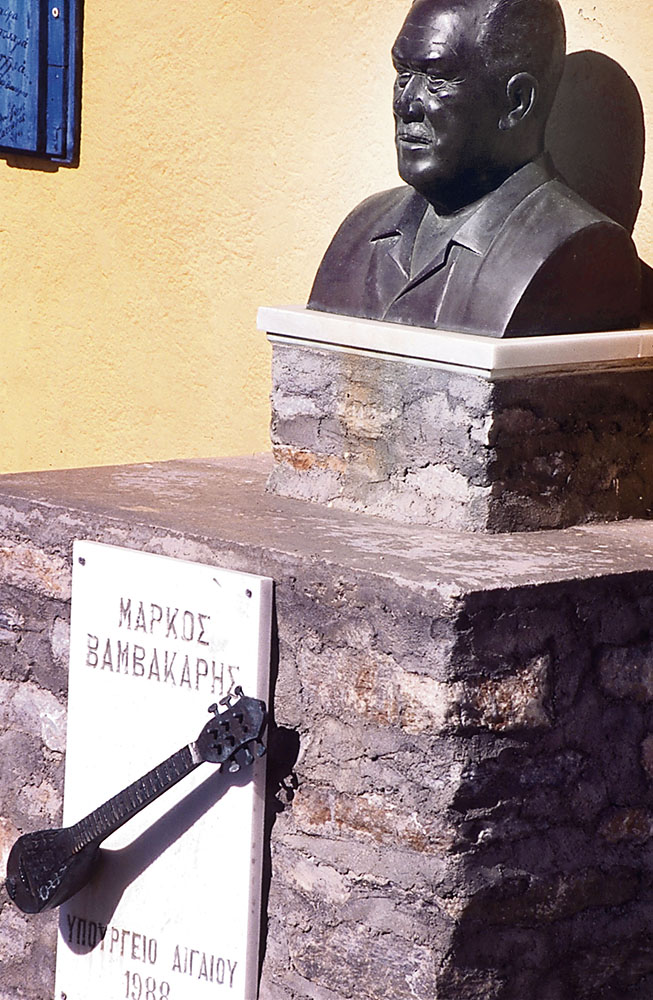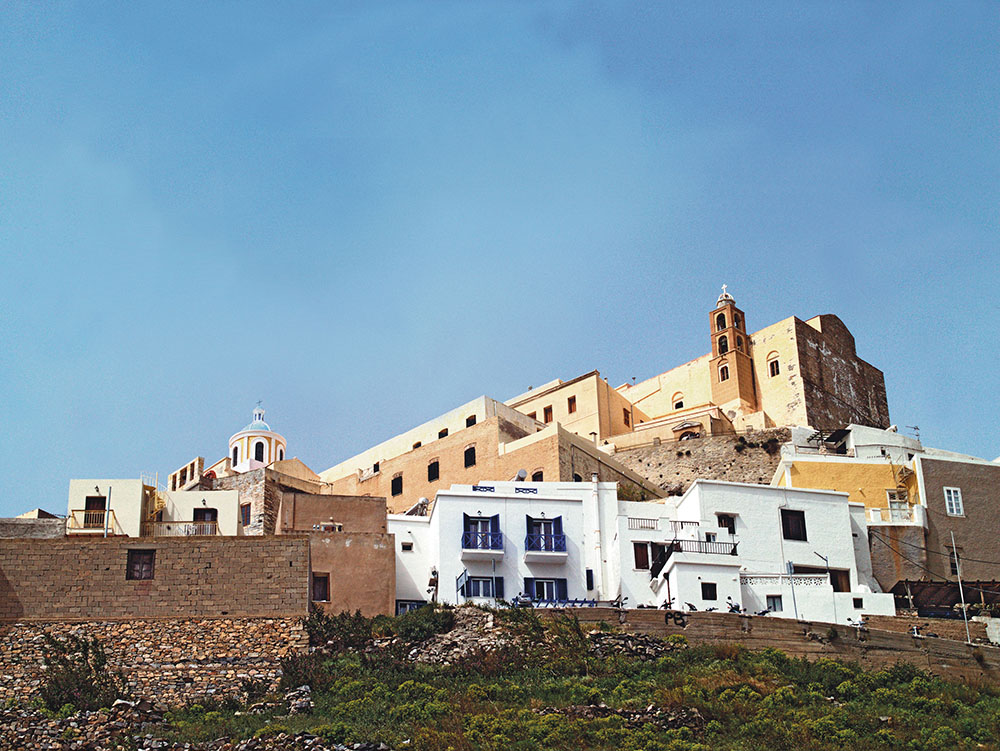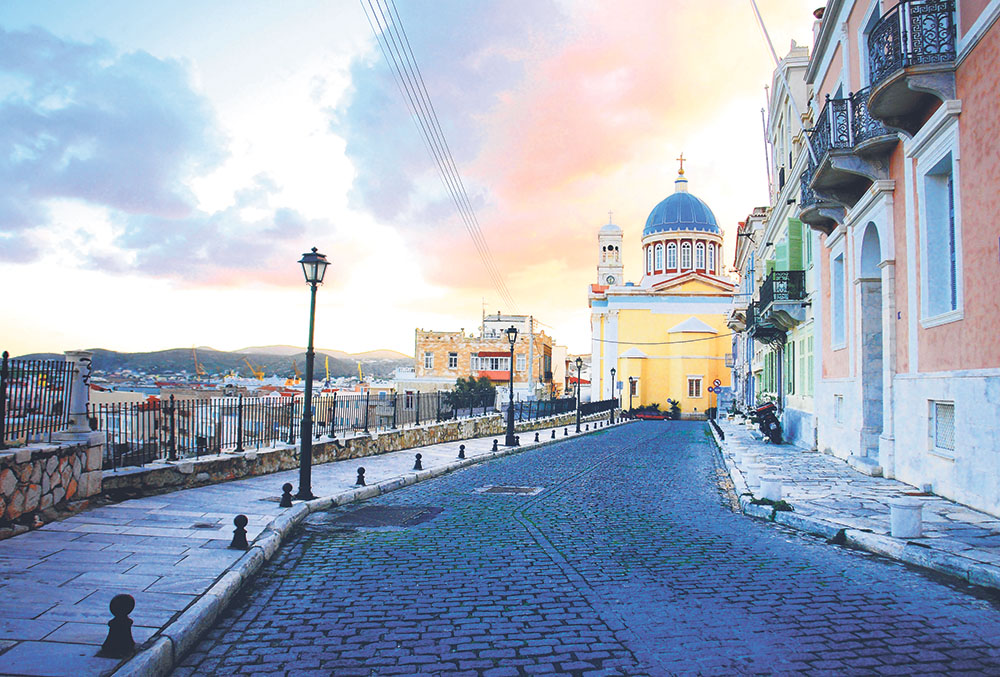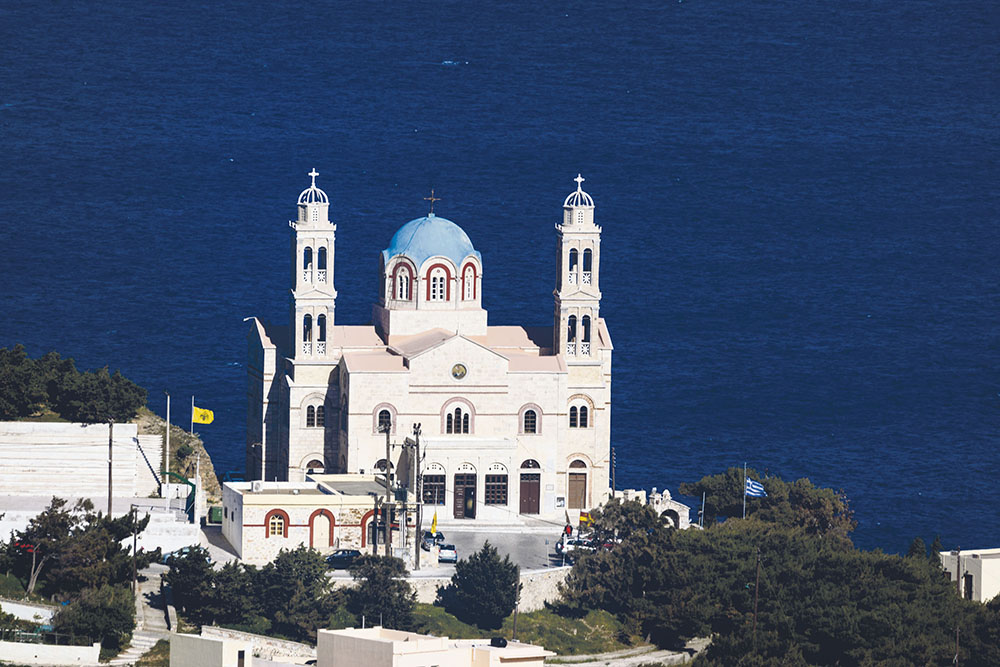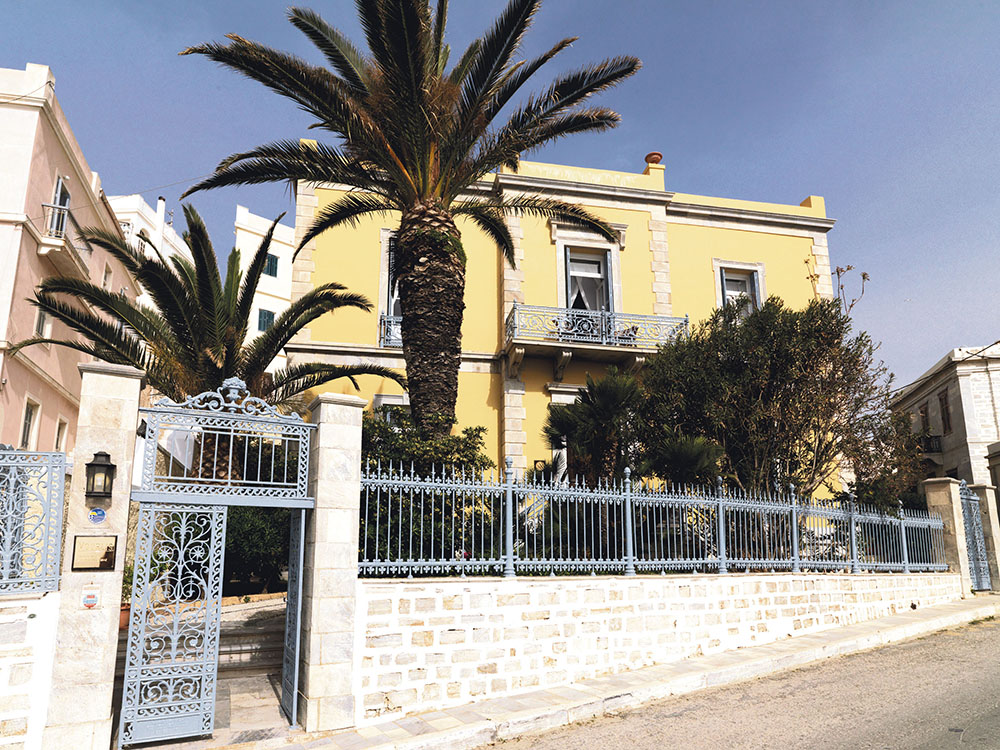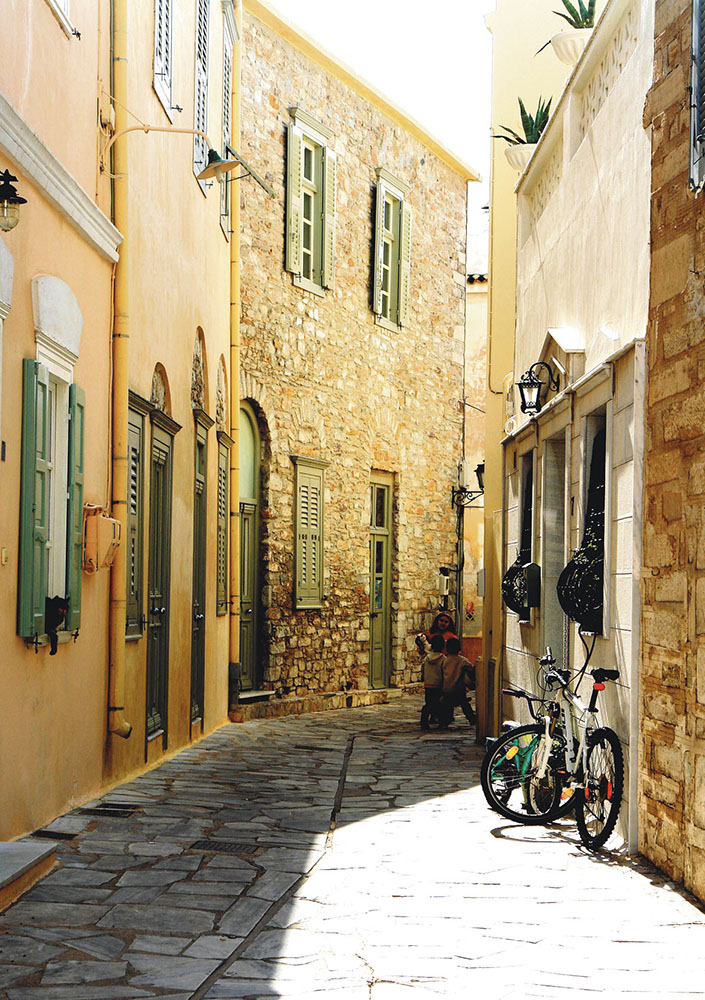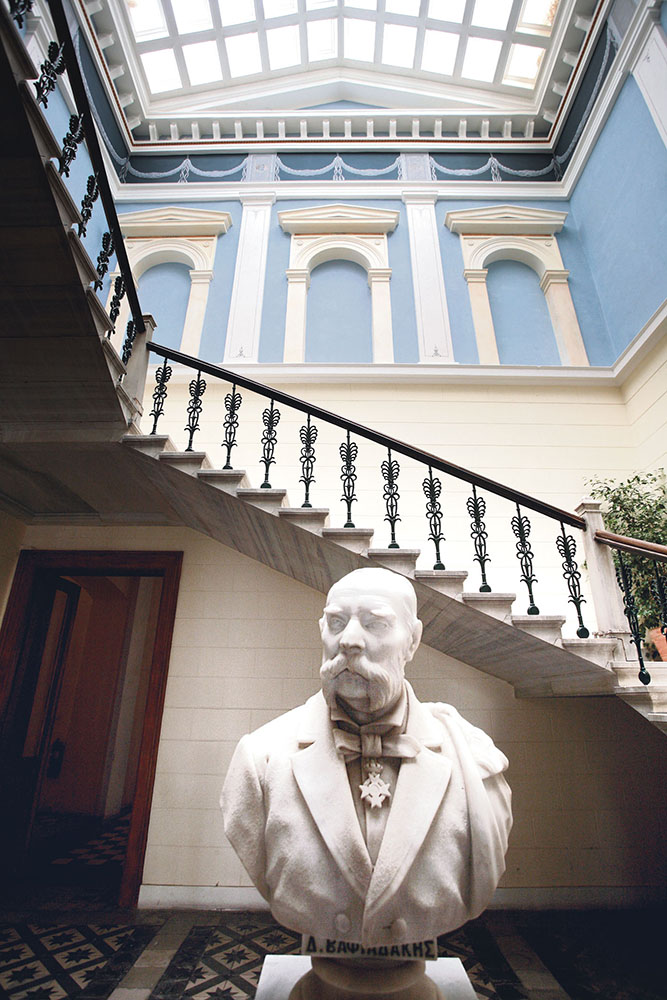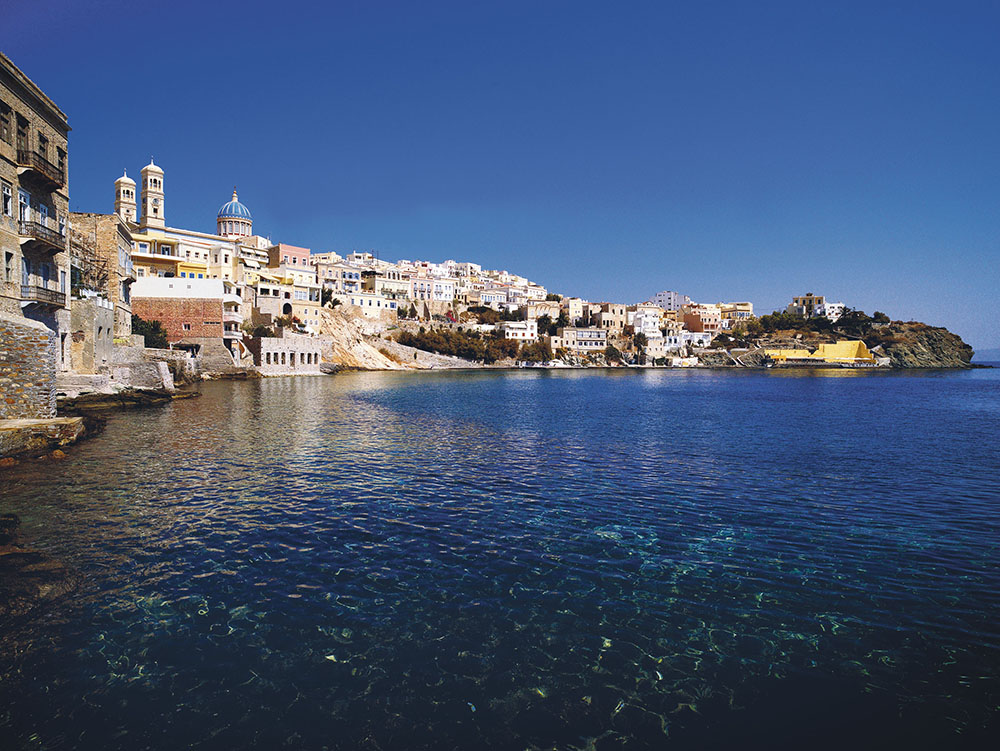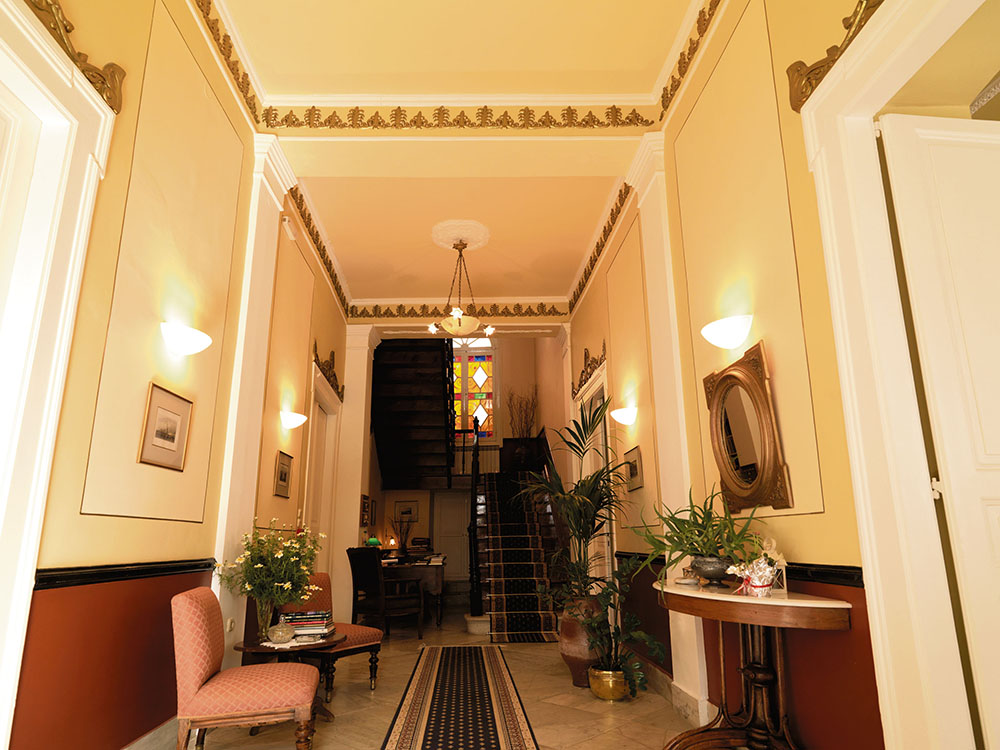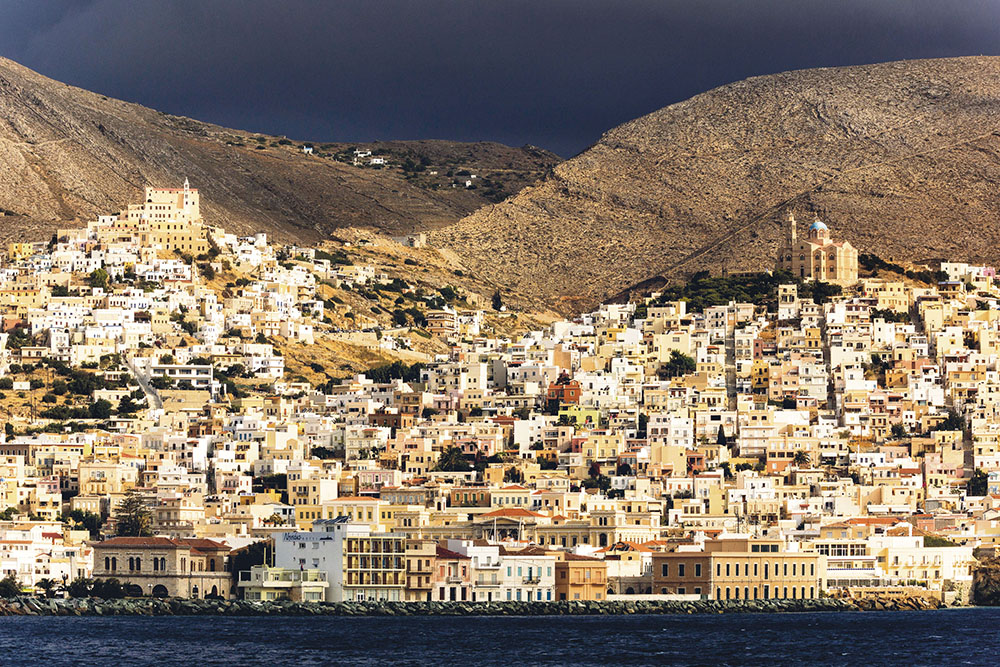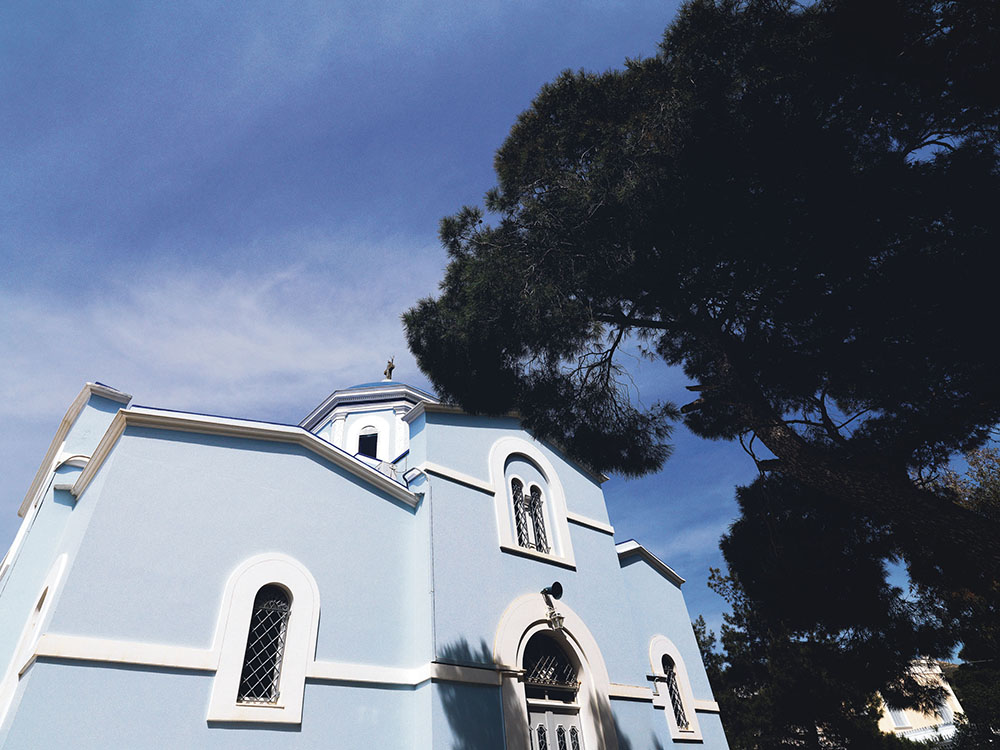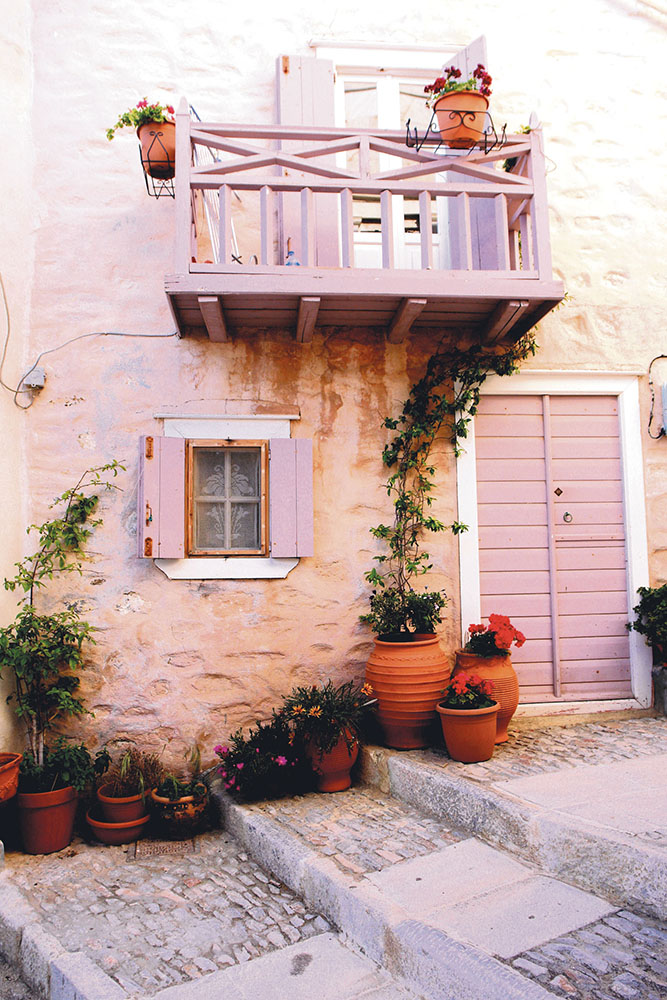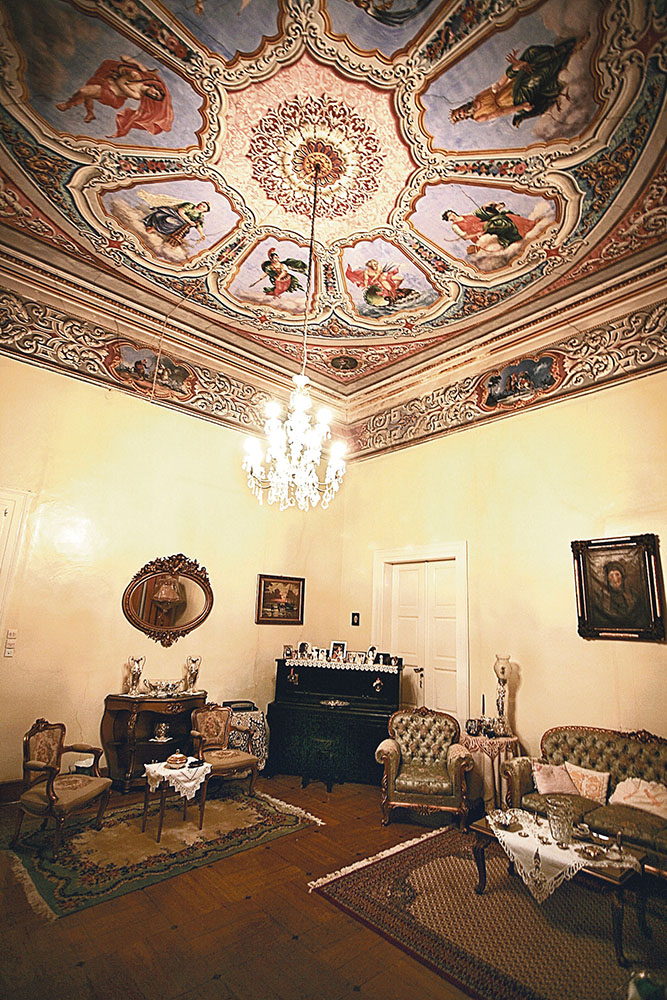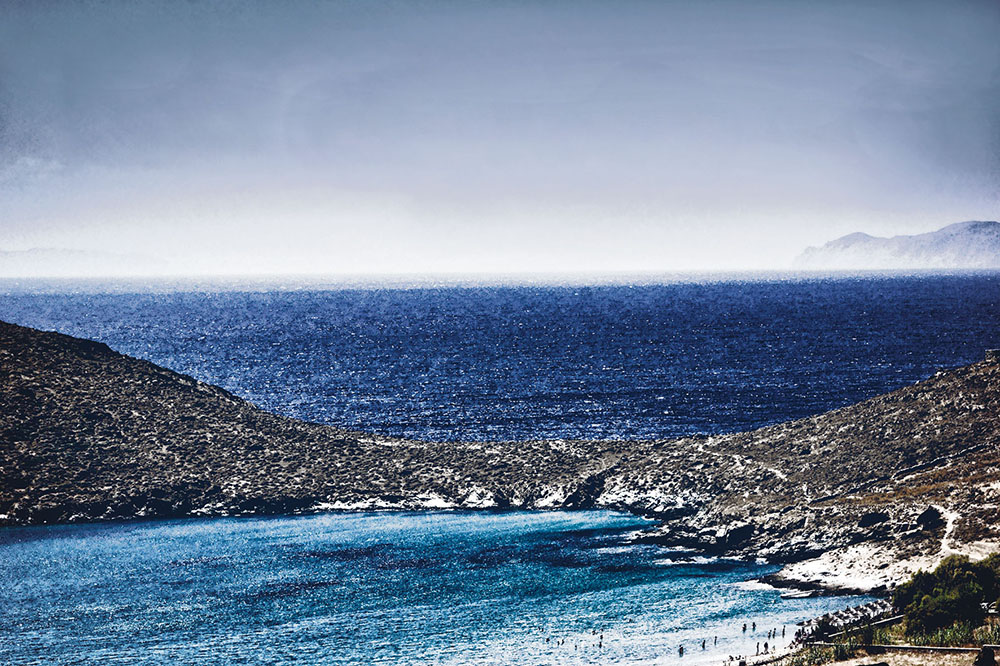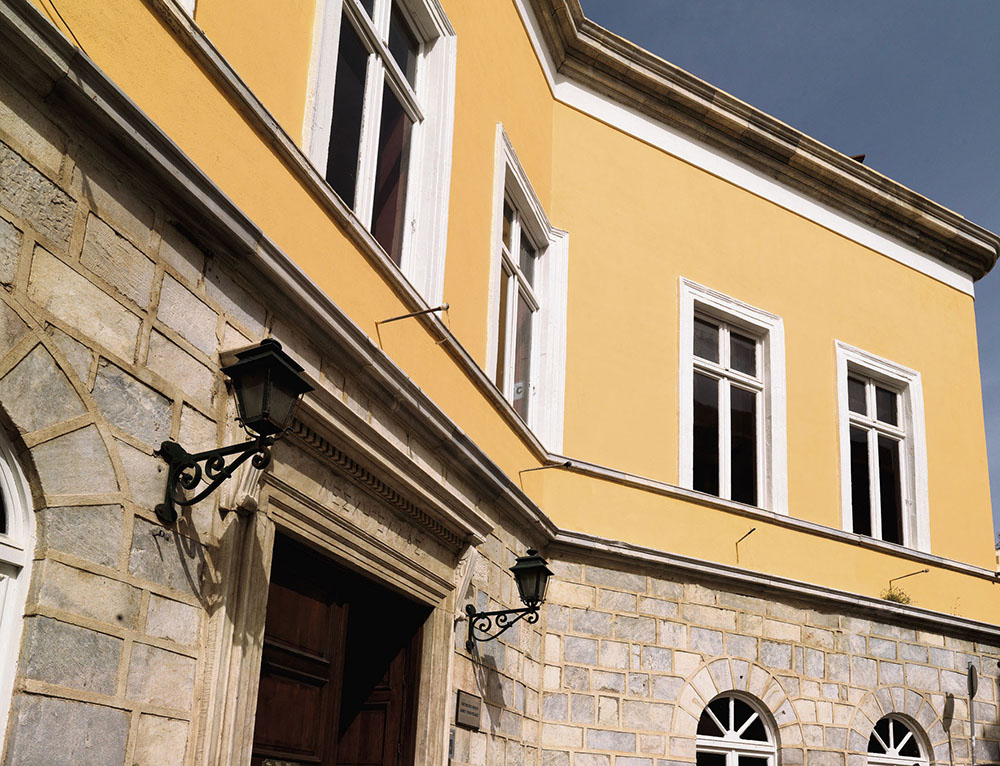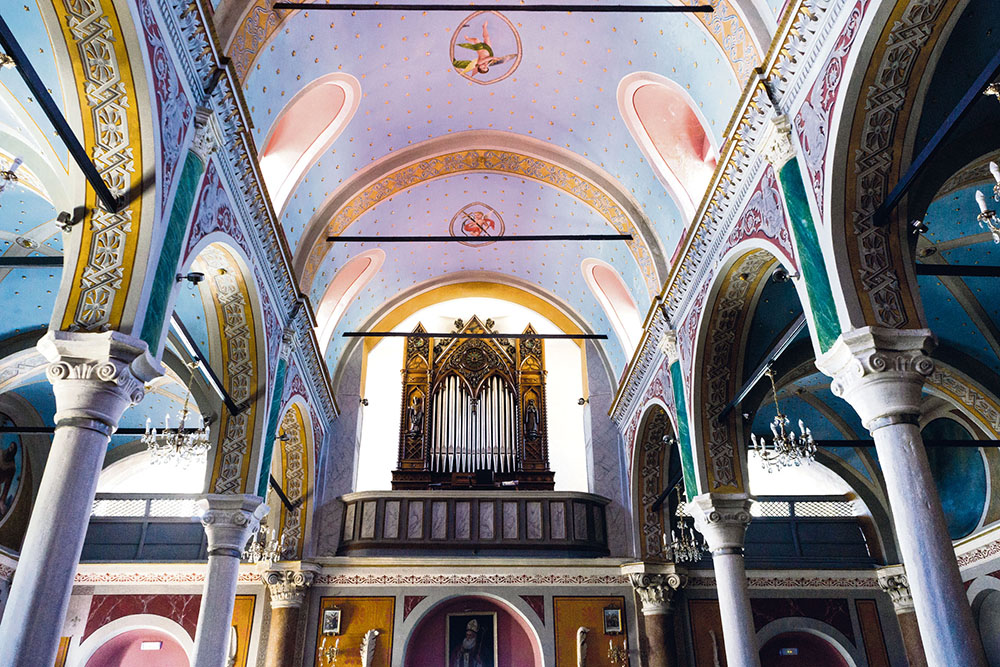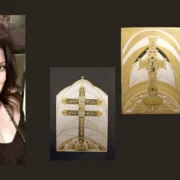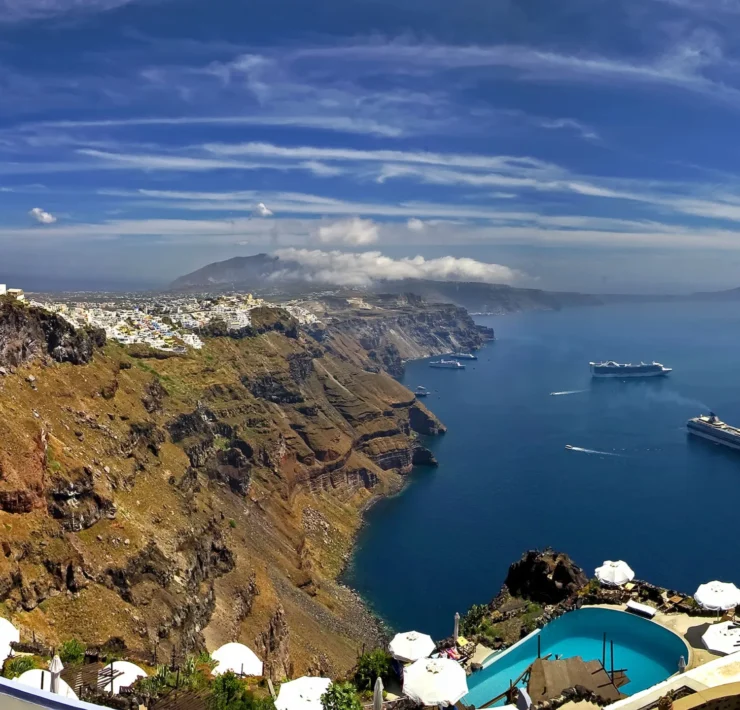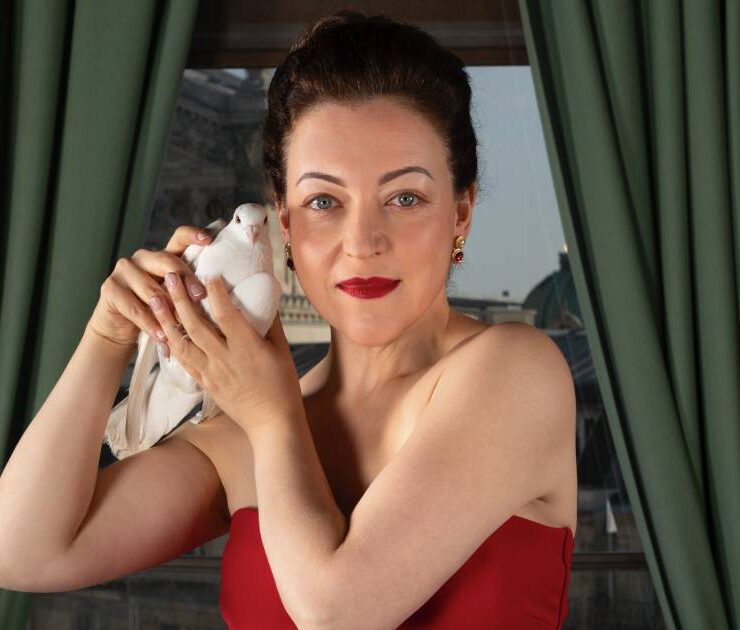Syros – The Aristocrat of the Aegean
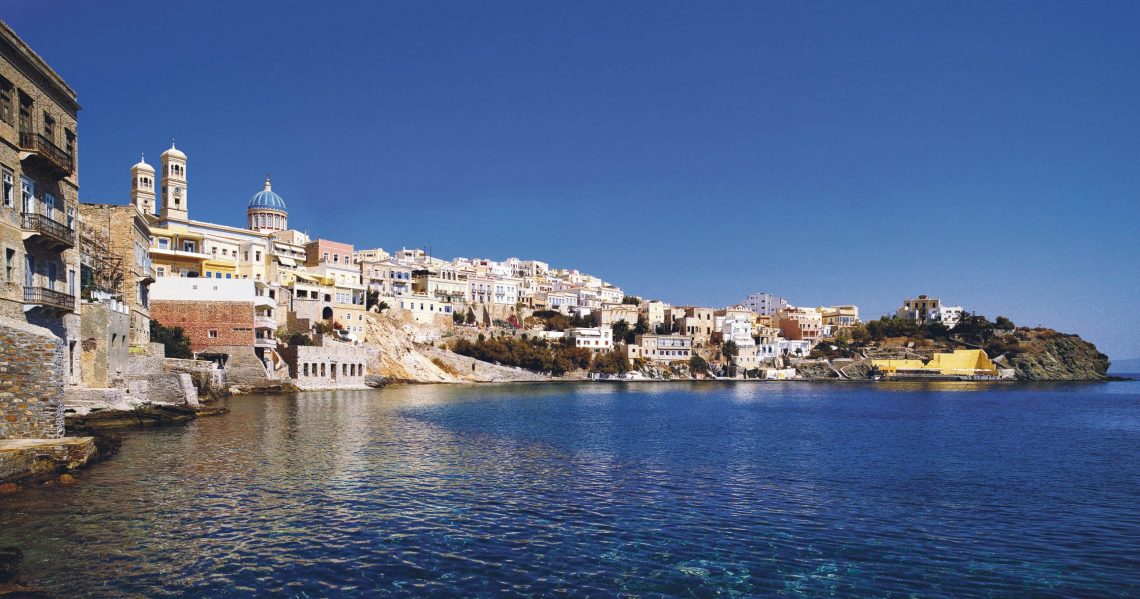
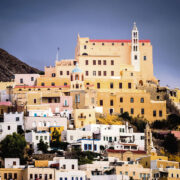
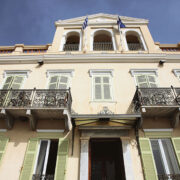
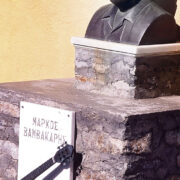
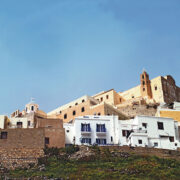 +14
+14 Syros – The Aristocrat of the Aegean
Sailing towards the island, in the midst of the Aegean Sea, we can not help but look back to the history of Syros. As the boat nears Agios Dimitrios, a church built for sailors, a bell starts tolling, while the boat’s horn sounds three times, and the island’s port Ermoupolis, looms closer…
As we get closer, we see the light blue domes of Agios Nikolaos church, as well as the houses in the “Vaporia” quarter that, look like they are hovering over the sea. Further up we see, Ano Syra and the catholic church of “Saint George”.
Ermoupolis
Syros may not be the largest island in the Cyclades, but its history, especially the history of Ermoupolis, is Iong.
Ermoupolis with its buildings, paved streets, the Vaporia quarter, where the shipowners built their houses upon the sea, remind us of Venice. The countryside with the villas, the Churches, the dilapidated factories scattered throughout Ermoupolis, are witnesses of the past.
The big port of Ermoupolis, the largest port in the former Greek Kingdom, has an impressive layout and an imposing pier built in 1830. The Neorion shipyard was built in 1860 and was the first to operate in Greece during the 19th century. Visitors, however, are captivated by the marble mansion facades, that follow romantic neoclassicism architectural styles from Western Europe.
Ermoupolis is a natural port, the “sea state” as its residents call it. And they are right, as Ermoupolis was resurrected from the flames of the Greek revolution in 1821. This is where the people from Chios, Psara, Asia Minor and Kasos later on, found refuge.
Syros welcomed the refugees, as the island did not take part in the revolution because it was the protection of the French. The people of Syros gave them homes on the beach next to the port. This is where Ermoupolis was founded.
Expatriates
“Anastasi tou Sotiros” (the Resurrection of the Savior), the church on the right hill of the island as you enter the port, represents literally and metaphorically the resurrection of the people from Chios and the other refugees, that escaped death, as they were ousted from their homes by the Turks.
The refugees arrived with empty pockets, but full of excitement for work. as what flowed in their veins was the perceptiveness for commerce and trade.
Until 1860, Syra, as people used to call it back then, was the first commercial port.
As was only natural, commerce gave rise to other areas, such as industry (Peiraiki-Patraiki, Aigaion), crafts, construction work, shipbuilding and tanning. Let’s not forget that the first electric car was manufactured in Neorion, based on an idea by Giannis Goulandris and implemented by industrial designer Giannis Michail, in 1974. You see commerce, and trade expands peoples’ minds, it moves the spirit sparking its creativity.
Mansions
Once a visitor gets off the boat and starts walking on the paved streets of Ermoupolis, they can only wonder at the sight of the unique mansions, some in such good shape they seem hardly touched by time. These houses are two or three stories high, with an internal staircase. Once inside, visitors can see the wooden floors and stairs and are impressed by the painted ornate ceilings.
The “Vaporia” quarter
This is certainly the most beautiful neighborhood in the whole island. Built next to the sea, on the eastern side of Ermoupolis, the stunning captain’s houses dangling over the rocks, are testament to the splendor of past eras. It’s worthwhile to make a stop at Asteria beach and the church of Saint Nickolas of the Rich, with its distinctive turrets.
Industrial Museum
It is perhaps the only museum in our country with a 19th century industrial heritage. Right next to Neorion’s cranes and shipyards with their fishing boats, three factories can be found: Katsimanti’s paint factory, Anairousis’ lead bullet factory, and Kornilakis’ tannery. These three factories house the industrial museum, exhibiting engines, tools, raw materials and industrial products of the time. Exhibited in the museum are also paintings of 19th century artists from Syros and wooden ship replicas.
“Hellas” Club
The “Hellas” Club was built in 1862 by Italian architect Pietro Sampo, and was used to host glamorous cosmopolitan events, of Syros’ eminent residents. The building which witnessed fame and glory, now houses the municipality’s cultural center.
Customs
Another imposing building, located on the left side of the port, was built by Alexandros Georgantas between 1858–1861. It is a two storey building that was severely damaged during the war, but was fully renovated in exact accordance to the original style. Right next to it, is Customs Square. In the center of the square is the statue of the unknown sailor, a donation by the Goulandris brothers. In the back, you find the building of the Syros Nautical Club that was founded in 1933.
Eleftherios Venizelos
If you’re taking a walk in Ermoupolis, you should go to the crossing of Karaoli-Dimitriou, Chalkia and K. Plati streets. There you will find the first elementary school that was built in 1931 and Ermoupolis first gymnasium, a building from 1834. Eleftherios Venizelos studied there, along with other notables, such as the poet Aristotle Provelegios, painter Constantine Volanakis and banker Andreas Syggros.
Ano Syros
Right above Ermoupolis is Ano Syros. The small medieval city is positioned as if it is the protector of Ermoupolis. On the highest point of the hill is the catholic church of St. George that was built during the Venetian rule in 1204. There are three entrances to Ano Syros, and in the old times there were seven, with Portara being the best known.
Markos Vamvakaris
Markos Vamvakaris , one of the most important rebetiko musicians, was born in Ano Syros in 1905. In search of better future, in 1917 at the age of 13, Markos left as a stowaway for Piraeus. To make ends meet, the young Vamvakaris worked at slaughter houses in Piraeus and Athens. But music was in his blood and he made his first professional steps in 1934.
He returned to Syros in 1937 and dedicated to his native island one of his best songs “Frangosyriani”. In the verse “I will take to Finika, Parakopi, Galissa and Delagracia, even if I have a heart attack”, Markos was inspired by the wealth of the villas he saw in these areas.
Markos Vamvakaris died in 1972, and in Ano Syro there is a square with his name, with a bust and a museum with personal items of the musician.
Beautiful landscape
Syros is a lot more than Ermoupolis and Ano Syros. There are settlements in the island’s valleys, that are awe-inspiring. We are referring to the amazing villas, towers and mansions, that over time give the mark of the civilization that characterized the “Lady of the Cyclades”. Some of the mansions have a unique dynamic architecture, an image that is strengthened even more over the years. These mansions were the vacation homes of the wealthy residents of Ermoupolis, especially in pine-covered areas, and a sign of prosperity of the time are the tall palm trees that adorn the courtyards and gardens of different levels.
Episkopio
Five kilometers from Ermoupolis is the Episkopio, known as the “Kolonaki of Syros”, a name given to the area because of the residence of the catholic Bishop. As you go up the narrow road, before you reach the Episkopio on the left, there is an abandoned mansion with red walls, known as the house of Raizidon, that nove list M. Karagatsis called the “Great Chimera”. A novel about passion and love that takes place in Ermoupolis during the 19th and early 20th century. In this mansion that is completely abandoned, you can still find amazing painted ornate ceilings.
Chroussa
The settlement is on the south side of the island 8.5 kilometers from Ermoupolis. A settlement with dense vegetation and separate villas, as the now abandoned villas of Dimitris Vafiadakis. Another characteristic villa is that of Alexandros Koutsodontis, built in 1917.
De la Gracia (Divine Grace)
On maps you will find this area as Posidonia, but those who continue to call it De la Gracia come from the catholic church of “Madonna della Gracia” that was established in the area in 1631. It was Syros’ most important vacation area in the 19th and early 20th century. All you have to do is to look at the mansions that have been reconstructed, to understand why De la Gracia still exists. Amazing in every sense of word is Georgiadi mansion and the Valma red tower.
Vourli Mansion
In Syros there are many place to stay. Here many of the mansions have been converted into accommodations keeping all the elements of the old mansions.
One of them is the Vourli Mansion. It’s in Vaporia, the old ship owners neighborhood in Ermoupolis, with a view of the blue Aegean.
The two storey mansion was built in 1888 and was the home of Antonios Mavrokordatos, a businessman and a member of parliament. Mavrokodatos wife, Evgenia Vourli, and their daughter Alexandra.
After Alexandra passed away the mansion can into the hands of other businessmen, In the 1922, the mansion’s restoration was completed, keeping intact all the elements of the mansion, traditional furniture and the color of rooms, creating a very warm environment that underlies the Syrian manorial hospitality of the last century.
Beaches
Syros, also means a deep blue Aegean with golden beaches. Most of them are on the south side of the island. Starting from Ermoupolis, the first beaches we encounter is Azolimnos, Komito with the abandoned stone mansion owned by Diakaki, Agathotes that was preferred by the wealthy and Finikas. Two more beaches that are vacation destinations are Galissas and further west Kini with a magical sunset and of course Syros’ largest beach, Delfini.
The northern side is the wilder part of island. There you will find the early Cycladic Chalandriani. In the north, on the road to Plati Vouni is the cave of philosopher Ferekidi, the teacher of Pythagoras that live on Syros in the 6th century BC.
Leaving Syros behind us, we see the lighthouse on the island of Gaidaros, a small island to the right, outside the port of Ermoupolis. The lighthouse another piece of art, is the work of Erlacher. It stands 30 meter tall, made from stone and was built in 1834 during the reign of King Otto. It was the first lighthouse in the Aegean with a rotating mechanism and along with the lighthouse in Spetses, it belongs to a special type of lighthouses, where the home the lighthouse keeper is the ground floor of the lighthouse. That’s were ships wait their turn for Neorio. And before the ship turns from the port, to follow a course to Pireaus, we glance at Ermoupolis, the city of commerce that according to Eleftherios Venizelis “from Ermoupolis, Greece was reborn”.


